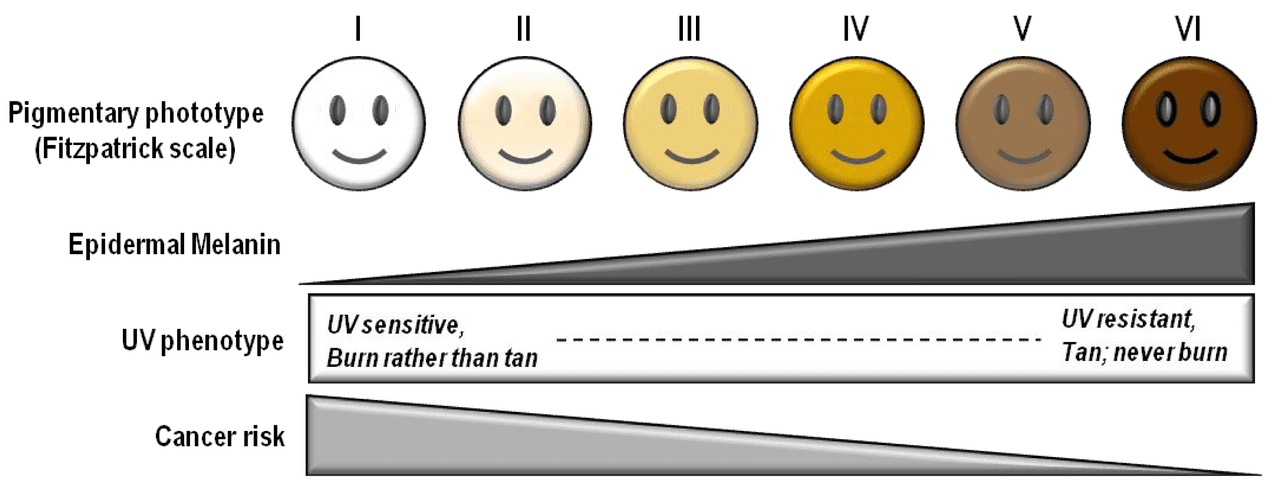In skin rejuvenation treatments, doctors may utilise carbon dioxide (CO2) lasers. The aim of treatment is to stimulate the production of new skin cells and remove the topmost layer of skin to improve the skin’s appearance.
CO2 laser treatment may treat skin conditions like acne scars, warts and moles, fine lines and wrinkles, or skin ageing.
This article explores the operation of CO2 lasers, the differences among CO2 laser types, and the possible benefits. Other topics covered include the period of recovery, other options, and potential negative effects of this treatment.
One of the best things you could do to protect and improve your health is to stay informed. Marina Medical provides regular e-newsletter on health information, healthy living tip etc. Click the below button to subscribe to our newsletter.
Get In Touch
For any enquiry, please call +852 3420 6622, Whatsapp +852 5228 0810, or info@marinamedical.hk







